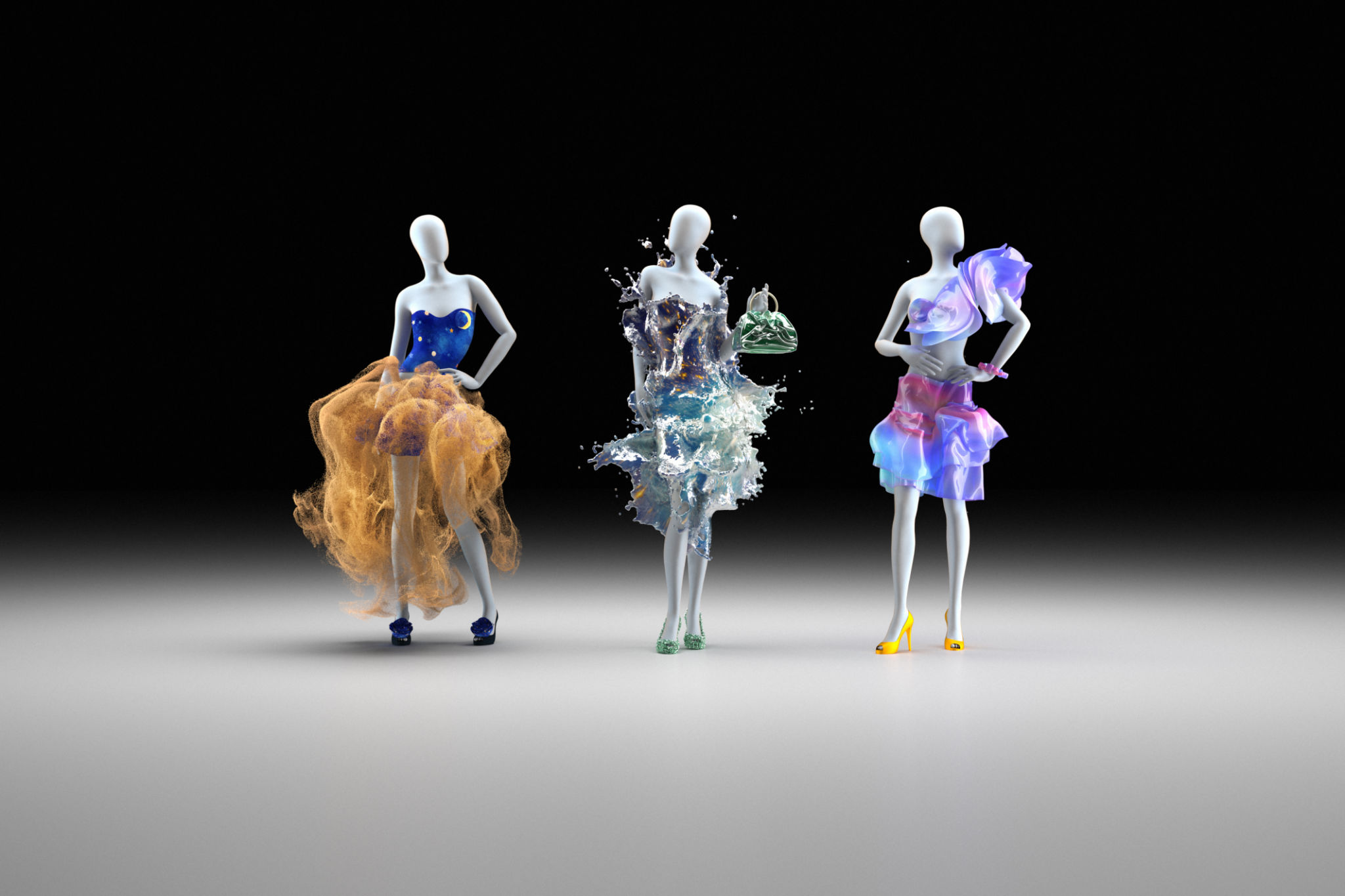A Beginner's Guide to Understanding Digital Clothing
What Is Digital Clothing?
In the ever-evolving world of fashion and technology, digital clothing has emerged as a revolutionary concept that is transforming how we perceive and interact with fashion. Essentially, digital clothing refers to garments that exist only in a virtual environment and can be worn in digital spaces. This means no physical fabric is used; instead, these clothes are designed using computer software and can be applied to digital avatars or overlaid on photographs of real people.
The rise of digital clothing aligns with the increasing significance of virtual environments like social media, gaming, and virtual reality. As these digital spaces become more integrated into our daily lives, digital clothing offers a sustainable and innovative way to express personal style without the environmental impact of traditional fashion production.

The Technology Behind Digital Clothing
Creating digital clothing involves advanced technology, primarily computer-aided design (CAD) software and 3D modeling. Designers use these tools to craft intricate digital garments that mimic the texture, flow, and structure of real-world clothing. This process allows for limitless creativity, enabling designers to experiment with styles and materials that would be challenging or impossible to produce physically.
Another essential component is augmented reality (AR) technology, which allows users to "try on" digital garments. By using AR apps or platforms, individuals can superimpose digital clothing onto themselves via their smartphone cameras, offering a new dimension of interactive fashion experiences.

The Benefits of Digital Clothing
One of the most significant advantages of digital clothing is its sustainability. Traditional fashion is notorious for its environmental impact, with high levels of waste and pollution. Digital clothing eliminates the need for physical materials, reducing waste and resource consumption. This makes it an eco-friendly alternative that aligns with the growing demand for sustainable fashion solutions.
Furthermore, digital clothing offers unparalleled versatility. Fashion enthusiasts can experiment with endless styles without committing to a single look, and influencers or content creators can diversify their wardrobe digitally without the expense or environmental impact of buying new clothes. This flexibility is particularly appealing in the fast-paced world of social media.

Applications of Digital Clothing
The applications of digital clothing are vast and varied. In the realm of social media, digital clothing allows users to enhance their online personas without the need for physical attire. This is especially popular among influencers and celebrities who frequently update their looks for content creation.
In gaming and virtual reality, digital clothing plays a crucial role in character customization. Players can purchase or earn digital outfits for their avatars, adding a layer of personalization and creativity to their gaming experience. This trend is growing as more games integrate microtransactions for digital apparel.
How to Start with Digital Clothing
If you're interested in exploring digital clothing, the first step is to familiarize yourself with platforms that offer digital fashion services. Some popular options include AR apps that let you try on virtual garments, or websites where you can purchase digital outfits for your avatar. Engaging with online communities dedicated to digital fashion can also provide insights and inspiration.
For those keen on creating their own digital clothing, learning the basics of 3D modeling and design software is essential. Numerous online tutorials and courses can guide beginners through the process, making it accessible for anyone with a creative flair.
Challenges and Future of Digital Clothing
Despite its potential, digital clothing faces challenges such as technological barriers and consumer acceptance. High-quality digital garments require sophisticated software and hardware, which may not be accessible to everyone. Additionally, convincing traditional fashion consumers to embrace virtual attire can be a hurdle.
However, as technology continues to advance and sustainability becomes a priority, the future of digital clothing looks promising. With increasing investment in virtual reality and AR, digital fashion is set to become an integral part of our digital lives, offering innovative and eco-friendly ways to express personal style.

